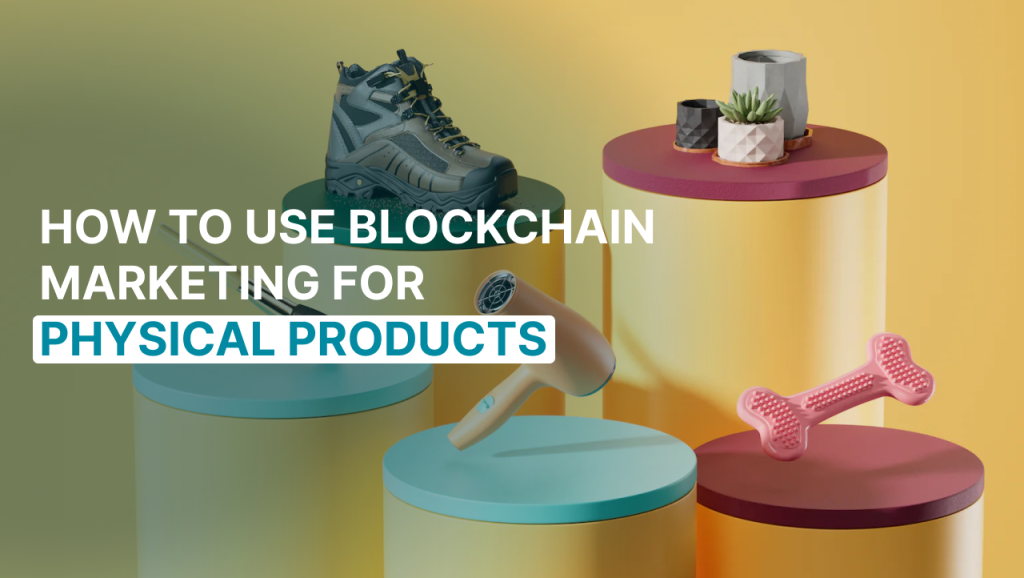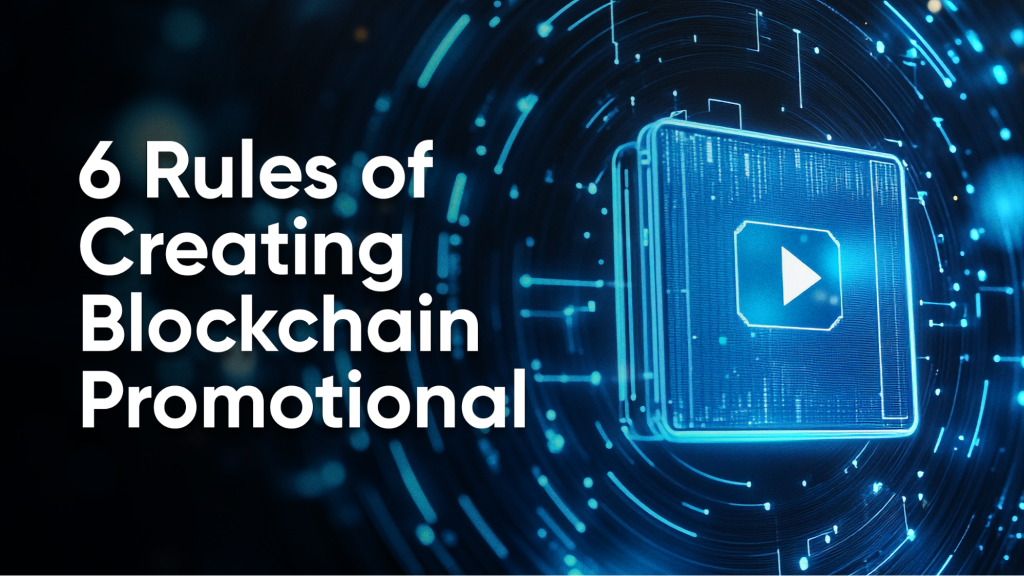When a lot of us think of blockchain marketing, our minds go to intangible services or digital assets. This means companies that sell crypto-related tax services, offer crypto exchange services, or sell a new crypto token. One thing that should also be considered, however, is physical products.
These refer to things like crypto miners, crypto wallets, price tickers, and so on. These products are just as important within the digital assets and thus, also have to be marketed to an audience. But how do you go about leveraging blockchain marketing to achieve this? Here are a few things to consider:
Influencer Marketing
Here at Proleo.io, we are big fans of influencer marketing as an approach for blockchain-related businesses. By leveraging this form of marketing, you gain access to an influencer’s fan base, borrow some of their credibility, and make yourself more relevant in the cultural zeitgeist. This is especially true for physical products, as there is an extra dimension to the customer’s satisfaction process.
Blockchain influencers can do product reviews, giving customers insights into how your new offering looks, works, feels, and so on. In the same way, clothing brands and even food companies use influencers to convince people to give their products a try; you should do the same. As we’ve said in previous blog posts, you have to make sure that there is synergy between the audience you are targeting and the influencer in question. But with enough research and proper planning, you can reap the rewards of this novel approach for your blockchain marketing initiative.
In-Person Events For Blockchain Marketing

The blockchain world has many more in-person events taking place these days, and this can be an ample opportunity to market physical products. Think of things like crypto/blockchain conventions, launch parties, brand trips, and so on. Marketing a physical product means that you will need to have your feet on the ground and have customers interacting with it in real-time.
You want to set up booths where they can test the product, give free samples if you can, hold talks to highlight its top features, and so on. Depending on how aggressively you wish to push the product, just one or two events will not be enough. Decide ahead of time on a plan to work the convention circuit and keep your product in people’s faces for as long as possible to establish its presence.
Social Media Marketing
These days, it is virtually unheard of to market a product without using social media. Platforms like Instagram and TikTok expose you to a brand new audience of customers, some of whom might have never heard of your business otherwise. We’ve seen countless examples of businesses going viral on social media and experiencing record sales as a result; therefore, you need to invest in social media for blockchain marketing.
This means having an official social media account, if not specifically for the products, then for your business. It means continuously featuring the product on these platforms and trying to convince your audience of its worth. It means running targeted ads to reach your desired audience and keeping this campaign going for a while.
Push Its Features
It goes without saying, but marketing a physical product is different from a token or any other intangible crypto asset. Rather than touching on the potential for profit as you would with a crypto token, you’re going to have to sell your products on their features. Unlike a meme coin, almost no one is buying a crypto wallet or a price ticker with no functionality behind it.
Instead, you’ll have to touch on why your crypto miner is faster than everything else in the markets and why your crypto wallet is more secure and why your price ticker is the most accurate to the second. This needs to be done in interviews, within your ads, in your collaborations, and so on. It should get to the point that customers, upon hearing about your product, can pinpoint its biggest and most prominent feature, as this will benefit you.
Product Tie-Ins
A common way to promote physical products is to do tie-ins with other products. We’ve seen in the past where businesses collaborate to bundle products together, produce limited edition versions of an existing product, and so on. Depending on your budget and the size of your business, this might not be feasible for everyone, but it is worth looking into. Perhaps you could become the official wallet of a local crypto event, which will give you a boost of credibility. Perhaps you could create a few limited edition versions of the product for customers to seek out. It worked with many other products, and it could very well work with a physical blockchain one.
Content Marketing

In all of this, you cannot neglect traditional content marketing such as blog posts, guest posts on other websites, and so on. Using content marketing, you can educate and inform readers and viewers on how to use the product, offer troubleshooting advice, note safety tips, and so on. These forms of marketing are important because after your paid ads have ended their cycle and influencer marketing campaigns have run their course, they can continue to bring in traffic to your website and your product pages for years on end. Additionally, by posting relevant content within the blockchain space, you establish yourself as an authority in the industry and, consequently, a company whose products will be worth purchasing.
Conclusion
Blockchain marketing is a very dynamic concept and manifests quite differently when you’re dealing with a physical product versus an intangible one. As we’ve noted in this article, marketing physical products means that as much as you push your online presence via influencer marketing and various forms of content marketing, you also need to have your boots on the ground.
From advertising at conventions to holding your own launch parties to even giving away free samples, you have to make sure that every facet of your customer base is aware of your product. If all these go well, you can have a successful physical product launch that will find its audience.






